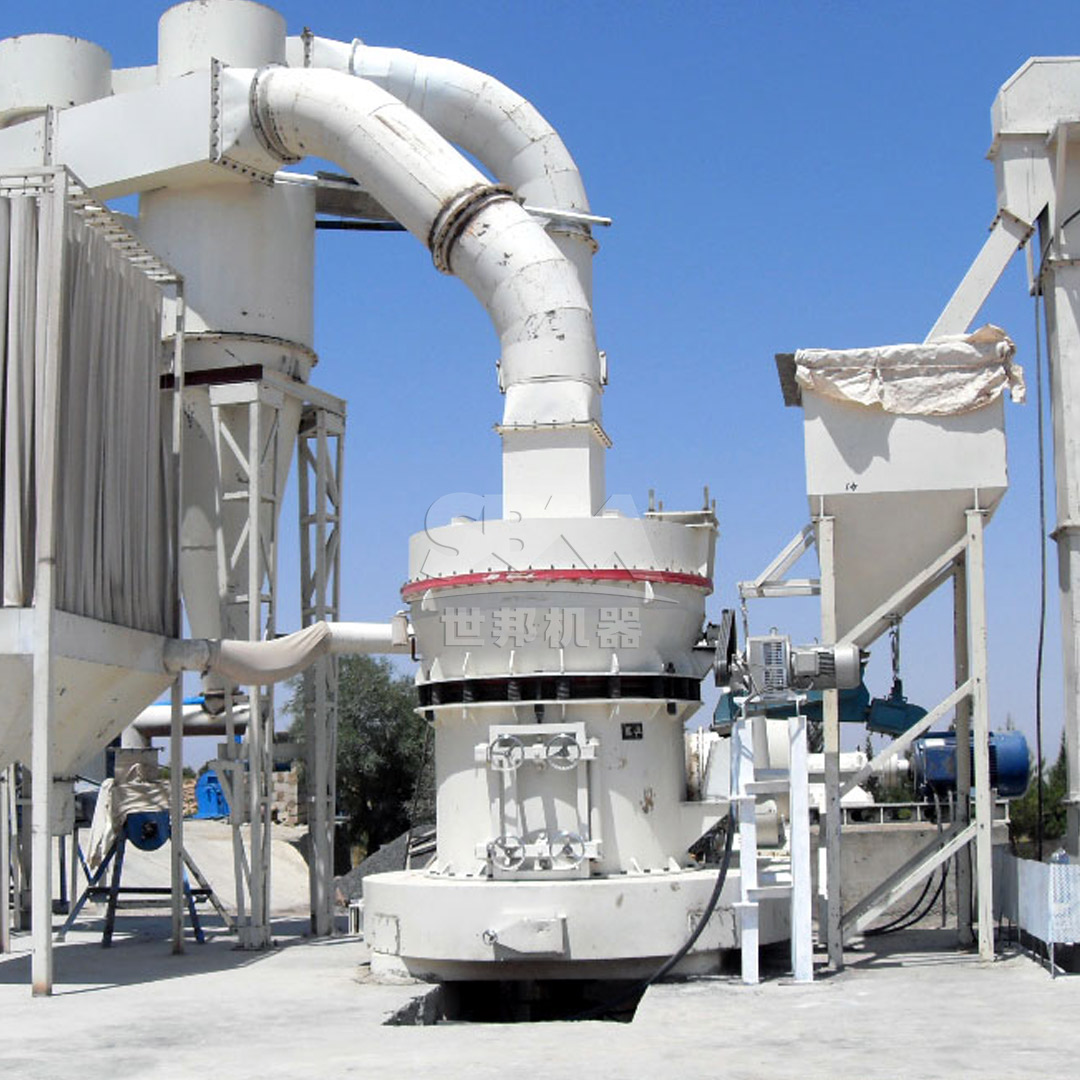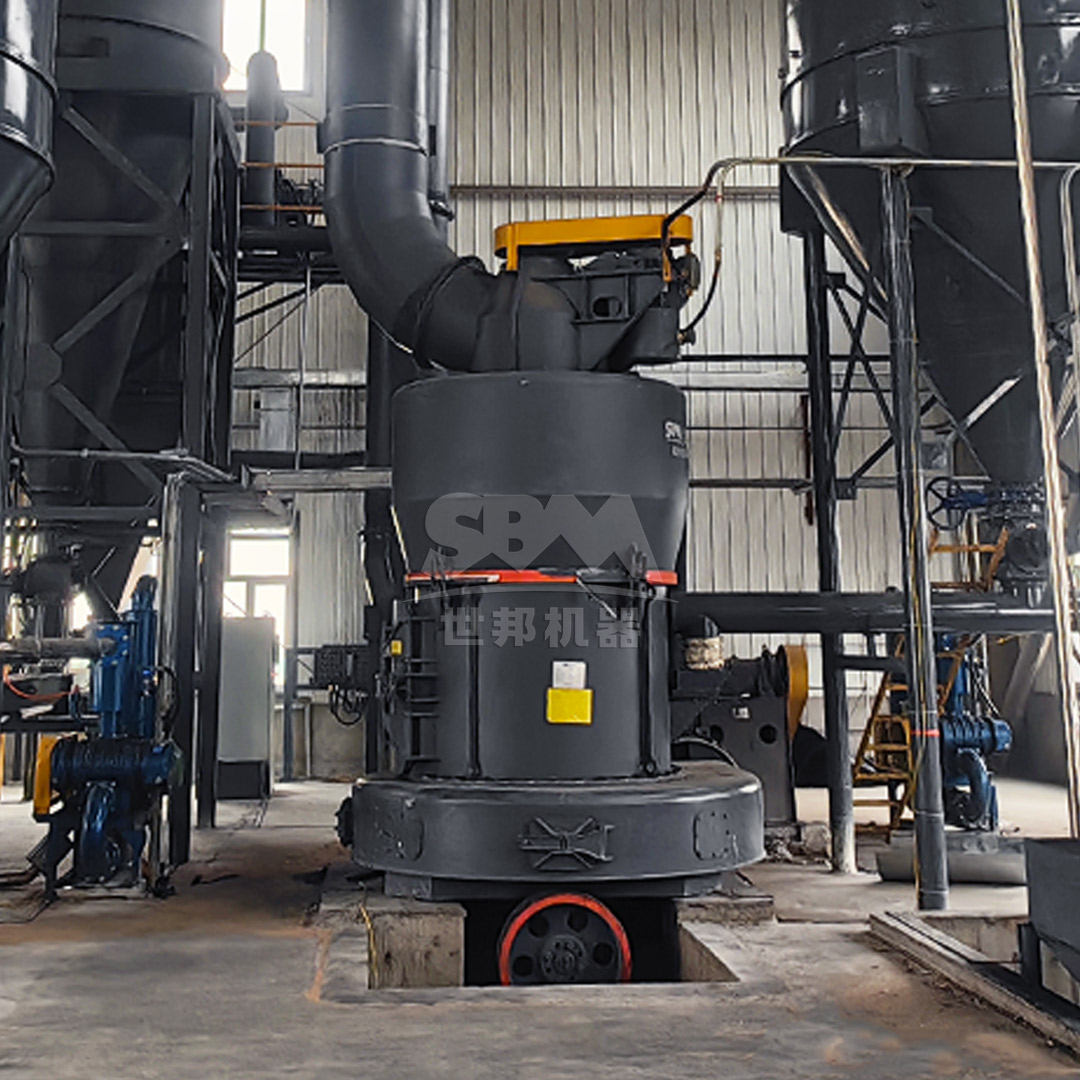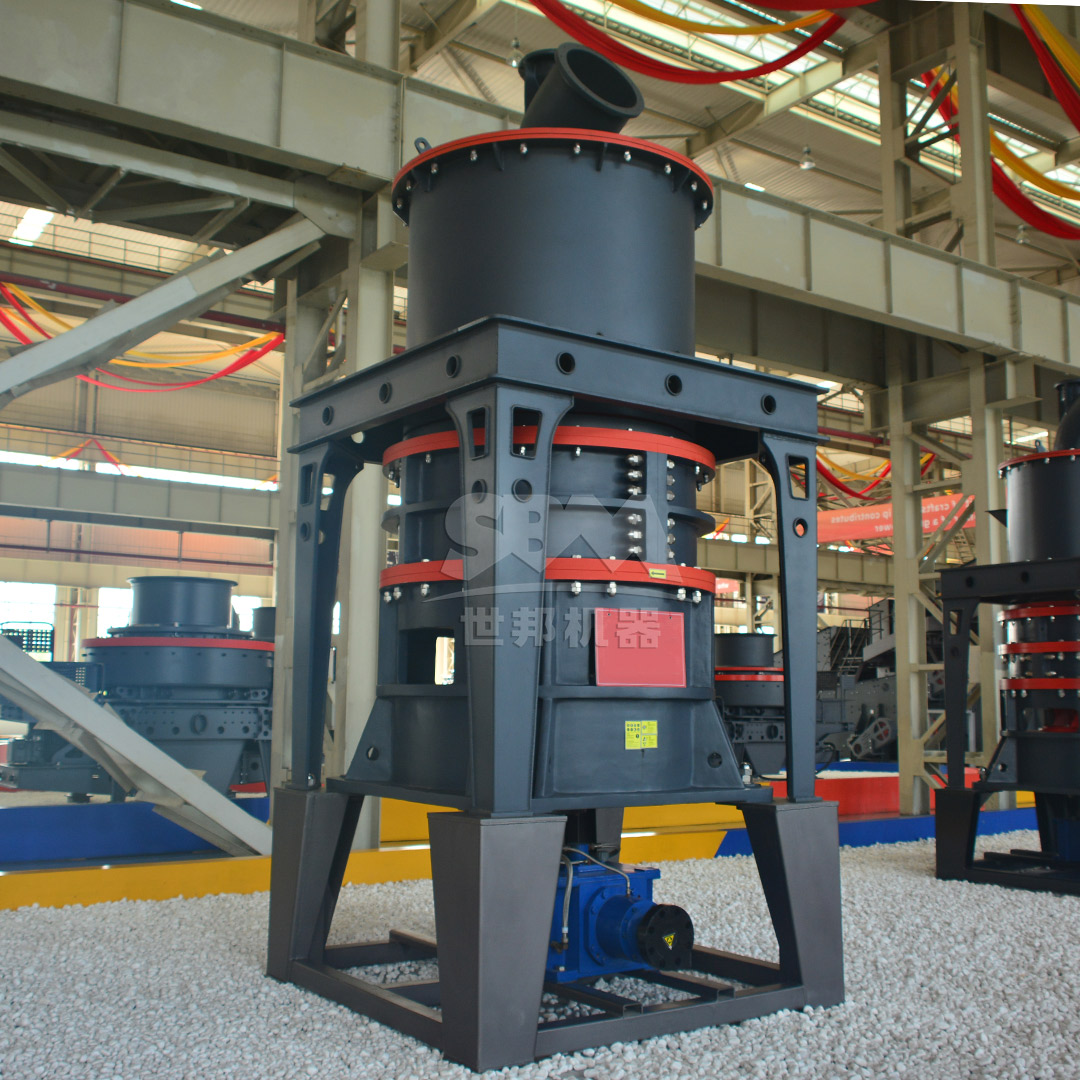The cement industry stands at a critical juncture, facing increasing pressure to reduce its environmental footprint while maintaining economic viability. Clinker grinding represents one of the most energy-intensive processes in cement manufacturing, accounting for approximately 40-50% of total electrical energy consumption in a typical cement plant. As global cement production continues to grow, reaching over 4 billion tonnes annually, optimizing clinker grinding operations has become essential for sustainable development.
Traditional grinding technologies, particularly ball mills, have served the industry well for decades but suffer from significant limitations in energy efficiency, particle size distribution control, and flexibility in processing alternative materials. The transition toward more sustainable cement production requires innovative grinding solutions that can handle diverse raw materials, reduce specific energy consumption, and enable the use of supplementary cementitious materials (SCMs) without compromising product quality.

Conventional grinding systems, particularly older ball mill installations, typically operate at energy efficiencies of only 1-5%, with the majority of input energy being converted to heat and noise rather than productive size reduction. The specific energy consumption for cement grinding ranges from 30-50 kWh/t for modern vertical roller mills to 40-60 kWh/t for ball mills, representing a significant opportunity for improvement.
Precise control over particle size distribution is crucial for cement performance characteristics such as early strength development, workability, and durability. Traditional grinding systems often produce broad particle size distributions with excessive fines or unground coarse particles, both of which can negatively affect cement quality and performance.
The increasing use of alternative fuels and raw materials, combined with the growing importance of blended cements incorporating industrial by-products, demands grinding systems capable of handling materials with varying grindability, moisture content, and chemical composition. Many existing grinding systems lack the flexibility to efficiently process these diverse materials.
Vertical roller mills (VRMs) have emerged as the technology of choice for new cement grinding installations and major upgrades due to their significantly higher energy efficiency compared to traditional ball mills. The fundamental advantage of VRMs lies in their ability to combine grinding, drying, and classification in a single unit operation, reducing system complexity and energy losses.
Modern VRMs typically achieve 30-50% lower specific energy consumption compared to ball mill circuits of equivalent capacity. This efficiency gain stems from several factors: the concentrated pressure application in the grinding bed, efficient material transport using the grinding gas, and integrated high-efficiency classifiers that minimize overgrinding.
High-pressure grinding rolls (HPGR) have gained acceptance as efficient pre-grinding units in combination with ball mills, achieving energy savings of 15-30% compared to stand-alone ball mill circuits. The technology operates on the principle of interparticle comminution, where material is crushed between two counter-rotating rolls under extreme pressure.
The micro-cracks generated in the clinker during HPGR processing not only reduce the energy required for subsequent fine grinding but also can improve cement performance characteristics. When used as a pre-grinding stage before ball mills, HPGRs can increase overall circuit capacity by 20-40% while reducing specific energy consumption.

Among the advanced grinding technologies available today, the LM Series Vertical Roller Mill represents a significant step forward in sustainable cement production. This technology has been specifically engineered to address the key challenges facing modern cement manufacturers, offering unparalleled efficiency, flexibility, and reliability.
The LM Series Vertical Roller Mill incorporates several innovative features that set it apart from conventional grinding technologies:
| Feature | Benefit | Impact on Sustainability |
|---|---|---|
| Integrated grinding, drying, and classification | Reduced system complexity and energy losses | 30-40% lower energy consumption vs. ball mills |
| Non-contact grinding design | Extended wear part life (3x improvement) | Reduced resource consumption and waste generation |
| Expert automatic control system | Optimized operation with minimal human intervention | Consistent product quality with lower operational variance |
| Full sealed negative pressure operation | Dust emissions <20mg/m³ | Superior environmental performance |
The LM Series demonstrates exceptional versatility in processing various cementitious materials, including:
This flexibility enables cement producers to optimize their product portfolios according to market demands and raw material availability while maintaining consistent product quality.
The modular roller assembly system allows for quick replacement of wear parts, significantly reducing maintenance downtime. The intelligent control system continuously monitors operational parameters and automatically adjusts critical settings to maintain optimal performance under varying conditions. Remote monitoring capabilities further enhance operational efficiency by enabling expert support and predictive maintenance.
For specialized applications requiring ultrafine grinding of supplementary cementitious materials or the production of high-performance specialty cements, the SCM Series Ultrafine Mill offers unparalleled capabilities. This advanced grinding system produces powders with fineness ranging from 325 to 2500 mesh (D97 ≤ 5μm), enabling the development of cement products with enhanced performance characteristics.
The SCM Ultrafine Mill incorporates several proprietary technologies that deliver exceptional performance:
With capacity reaching 25 tons per hour and energy consumption 30% lower than conventional jet mills, the SCM Series represents the state of the art in ultrafine grinding technology for cement applications.
The environmental credentials of the SCM Series Ultrafine Mill are particularly impressive. The integrated pulse dust collection system exceeds international standards for emission control, while the acoustic enclosure design maintains operational noise levels below 75 dB. These features, combined with the system’s high energy efficiency, make it an ideal solution for cement plants operating in environmentally sensitive areas or seeking to minimize their overall environmental impact.

Beyond selecting the appropriate grinding technology, optimizing the complete grinding circuit is essential for maximizing sustainability benefits. Key considerations include:
Material Handling and Pre-Conditioning: Efficient feeding systems, effective metal removal, and optimal material pre-homogenization significantly impact grinding efficiency and product consistency.
Classification Efficiency: High-efficiency separators, properly sized and configured, can reduce specific energy consumption by 10-15% by minimizing overgrinding.
Process Control Strategy: Advanced control systems that integrate grinding operation with quality parameters can maintain optimal performance while adapting to variations in feed material characteristics.
Modern grinding systems generate significant amounts of heat, which can be recovered and utilized for other process requirements. Heat recovery from grinding process gases for raw material drying or other plant applications can further improve overall plant energy efficiency.
A major European cement producer replaced two aging ball mills with a single LM Series Vertical Roller Mill, achieving remarkable improvements in operational efficiency and environmental performance:
| Parameter | Before (Ball Mills) | After (LM Vertical Mill) | Improvement |
|---|---|---|---|
| Specific Energy Consumption | 42 kWh/t | 28 kWh/t | 33% reduction |
| Production Capacity | 85 t/h | 120 t/h | 41% increase |
| Dust Emissions | 45 mg/m³ | 18 mg/m³ | 60% reduction |
| Noise Level | 105 dB(A) | 78 dB(A) | 26 dB reduction |
A specialty cement manufacturer implemented the SCM Series Ultrafine Mill to produce high-value cement products with enhanced early strength characteristics. The installation enabled the company to:
The future of cement grinding lies in increasingly digitalized and connected systems. Emerging trends include:
Predictive Maintenance: Advanced sensor systems and machine learning algorithms can predict component failures before they occur, minimizing unplanned downtime and optimizing maintenance scheduling.
Digital Twins: Virtual replicas of grinding systems enable operators to simulate process changes, optimize operating parameters, and train personnel without interrupting production.
Autonomous Operation: Self-optimizing grinding systems that automatically adjust to changing conditions while maintaining optimal performance and product quality.
Ongoing developments in materials science are yielding wear components with significantly extended service life, further reducing maintenance requirements and resource consumption. Composite materials, advanced ceramics, and surface treatment technologies are all contributing to improved durability and performance of grinding system components.
The transition to more sustainable cement production requires a comprehensive approach that addresses all aspects of the manufacturing process. Clinker grinding represents a particularly significant opportunity for improvement, with advanced technologies such as the LM Series Vertical Roller Mill and SCM Series Ultrafine Mill offering substantial benefits in energy efficiency, environmental performance, and product quality.
By embracing these innovative grinding technologies and optimizing complete grinding circuits, cement producers can significantly reduce their environmental footprint while maintaining competitiveness in an increasingly challenging market. The continued development and refinement of grinding technology will play a crucial role in enabling the cement industry to meet its sustainability targets while supporting global infrastructure development and economic growth.
As regulatory pressures intensify and stakeholder expectations evolve, investments in advanced grinding technology will become increasingly essential for cement manufacturers seeking to secure their long-term viability. The technologies available today, particularly the LM Series Vertical Roller Mill for main grinding applications and the SCM Series Ultrafine Mill for specialized products, provide a clear pathway toward more sustainable and profitable cement production.